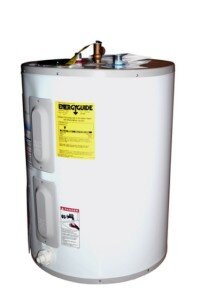Despite all the fun that the holidays deliver, you're probably looking forward to getting your household back to normal. We'd like to help you get started, which is why we've compiled a few of our favorite post-holiday tips. Adding these to your HVAC checklist is a great way to get your household ready for the new year.
Scheduled Maintenance with an HVAC Technician
To keep your HVAC system running efficiently and prolong its operational lifespan, you should schedule inspection of the equipment once per year. If you were too busy over the holidays to get this done, then now is the perfect time to contact a qualified technician and make an appointment.
Adjust the Temperature of Your Thermostat
With all the hustle and bustle that happens over the holidays, it's quite likely that the temperature on your thermostat has been changed. Take the time to check it out and adjusted back to a comfortable setting for your household.
Check the Registers for Any Obstructions
Registers can easily be blocked by obstructions, especially over the busy holiday. Now that the festivities is over, check the registers and make sure you move anything like furniture or boxes to allow air to flow properly.
Clean or Replace Your HVAC System's Air Filter
If you run your home's heating system a lot over the holidays, then your air filter will fill up very quickly. Now's the time to check to see if it's clogged, and if it is, either clean or replace it depending on what type of filter the system uses.
Use Microfiber Cloths to Remove Dust
Items like feather dusters and even many vacuum cleaners have a tendency to spread dust around. A better alternative is to use microfiber cloths, which attract and capture the dust. Use these to clean up once your holiday festivities have ended and your home will be dust-free in no time.
For more post-holiday tips to add to your HVAC checklist or any other home comfort concerns, please reach out to the experts at Air Assurance. We've been serving Broken Arrow and the surrounding area since 1985.
Our goal is to help educate our customers in the Tulsa and Broken Arrow, Oklahoma area about energy and home comfort issues (specific to HVAC systems). For more information about other HVAC topics, call us at 918-217-8273.




















